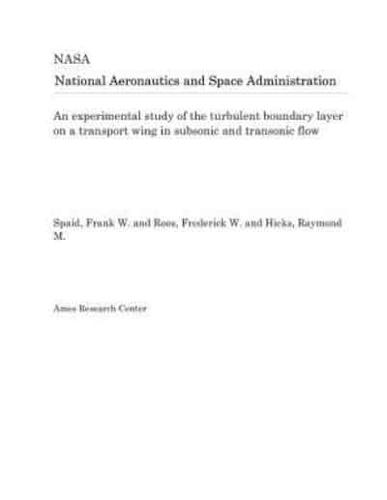Publisher's Synopsis
The upper surface boundary layer on a transport wing model was extensively surveyed with miniature yaw probes at a subsonic and a transonic cruise condition. Additional data were obtained at a second transonic test condition, for which a separated region was present at mid-semispan, aft of mid-chord. Significant variation in flow direction with distance from the surface was observed near the trailing edge except at the wing root and tip. The data collected at the transonic cruise condition show boundary layer growth associated with shock wave/boundary layer interaction, followed by recovery of the boundary layer downstream of the shock. Measurements of fluctuating surface pressure and wingtip acceleration were also obtained. The influence of flow field unsteadiness on the boundary layer data is discussed. Comparisons among the data and predictions from a variety of computational methods are presented. The computed predictions are in reasonable agreement with the experimental data in the outboard regions where 3-D effects are moderate and adverse pressure gradients are mild. In the more highly loaded mid-span region near the trailing edge, displacement thickness growth was significantly underpredicted, except when unrealistically severe adverse pressure gradients associated with inviscid calculations were used to perform boundary layer calculations. Spaid, Frank W. and Roos, Frederick W. and Hicks, Raymond M. Ames Research Center...









